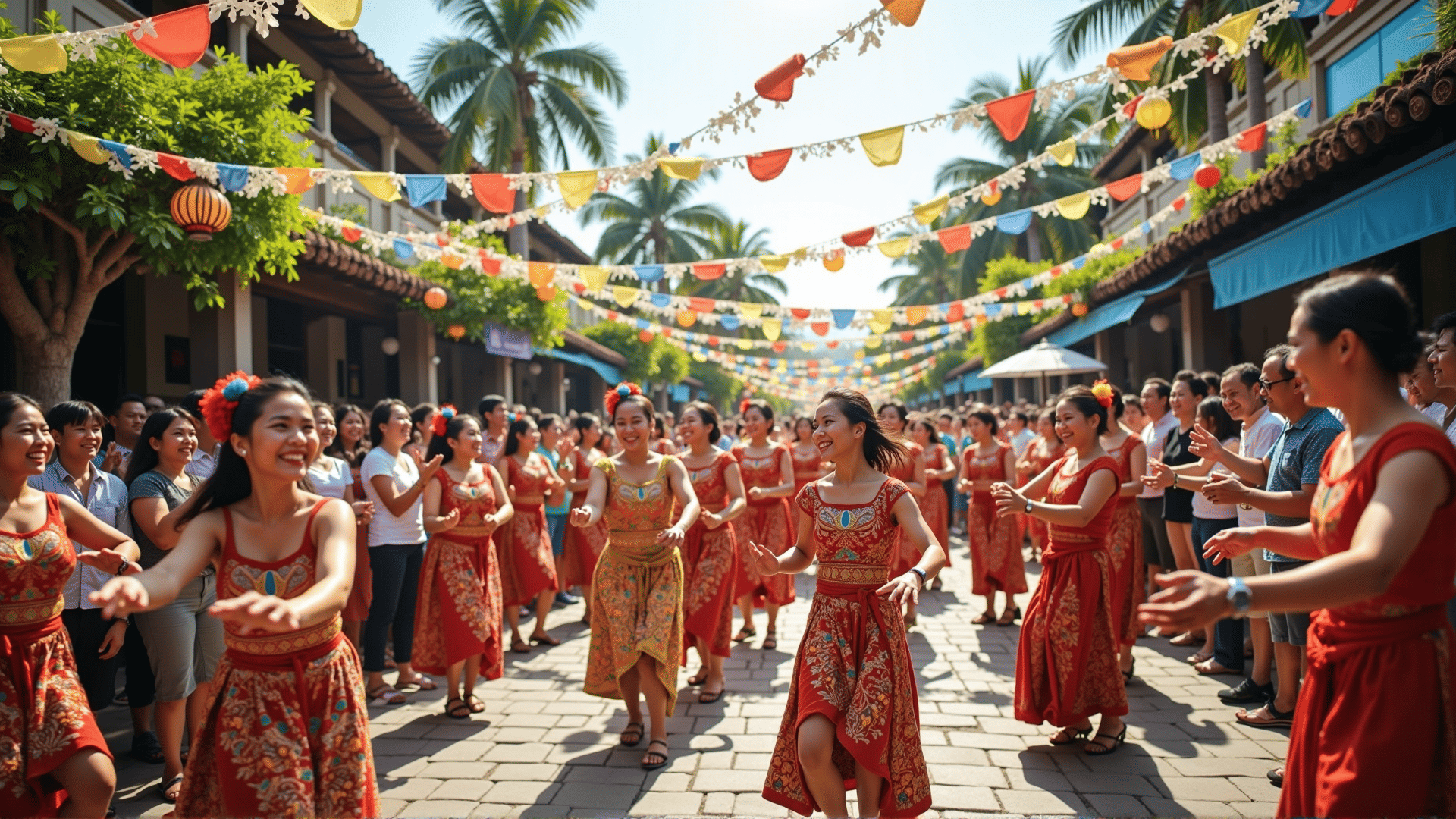The Philippines, an archipelago of over 7,000 islands, offers a captivating dive into a vibrant cultural mosaic where tradition and modernity intertwine seamlessly. Steeped in history, the country is a treasure trove of cultural experiences that reveal its diverse heritage and the warmth of its people.
At the heart of Filipino culture are its festivals, which are celebrated with great enthusiasm and color. Each region boasts its unique festivities, often reflecting historical events, religious beliefs, or agricultural practices. The Ati-Atihan Festival in Aklan, for example, features participants painting their faces with black soot and donning elaborate costumes to honor the Santo Niño, blending indigenous practices with Christian influences. The pulsating drumbeats and dynamic dances fill the air with an infectious energy that captivates locals and visitors alike.
Another hallmark of the Philippines' cultural richness is its varied cuisine, heavily influenced by its colonial past and indigenous ingredients. Meals are more than just sustenance; they are opportunities to gather with family and friends. Dishes like adobo—a savory blend of meat marinated in vinegar and soy sauce—or the delightful halo-halo—a dessert concoction of sweetened fruits, crushed ice, and milk—tell tales of resourcefulness and the Filipinos’ innate ability to blend different influences harmoniously.
Exploring the archipelago also means encountering a multitude of languages and dialects, each offering a glimpse into the country’s maritime history. With over 100 languages spoken, communication in the Philippines is a tapestry of sounds that reflects centuries of trade and colonization, yet Tagalog and English serve as the unifying voices across the islands.
Traditional crafts remain a vibrant part of Filipino life, often passed down through generations. Intricately woven textiles, such as those from the Ifugao and Ilocano tribes, showcase not only skill but also the narratives and values of the communities that create them. Meanwhile, the ancient art of tattooing among the Kalinga people is both a rite of passage and a tribute to ancestors, ensuring cultural stories are literally etched into the skin.
Equally compelling are the rituals surrounding life events, from births to weddings and funerals. These rites are laden with symbolism and foster a sense of belonging and continuity, bridging the past with the present. A typical Filipino wedding, for instance, is a grand affair, replete with customs such as the "arras" ceremony, where a set of coins is exchanged, symbolizing prosperity and mutual care.
In the Philippines, every experience is an invitation to connect deeply with a culture that is as diverse as its topography. Whether through the rhythmic beat of the tinikling dance or the intricate steps of the pandanggo sa ilaw, each cultural facet beckons to be explored and celebrated. For anyone eager to delve into a world rich with tradition and warmth, the Philippines offers a truly unparalleled journey.
